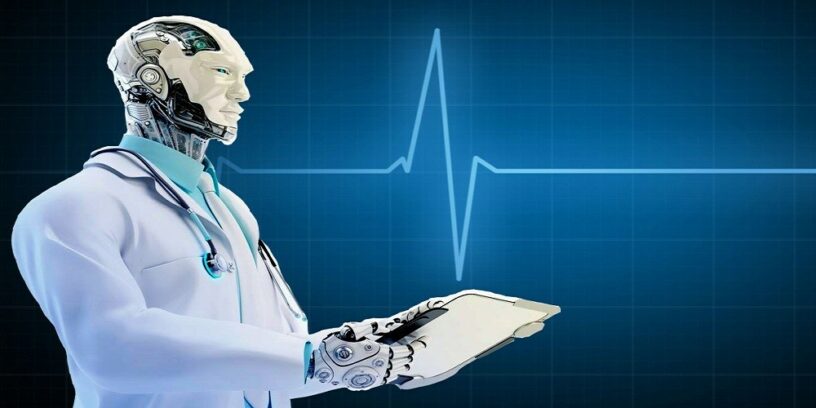Artificial intelligence has found manifestations in pop culture for decades ranging from the inquisitive Wall-e to the malevolent Terminator. However, its practical application in society has been limited and it is only recently that scientists have begun exploring the roles it could potentially play.
Recently, researchers in Iran explored using AI to diagnose osteoporosis from patient health data. Osteoporosis is a disease that weakens bones, increasing the risk of unexpected fractures. It is caused by increasing bone tissue porosity and it is induced by several factors including age, low calcium intake, genetics, and hormone levels. Osteoporosis is made particularly dangerous by its silent nature. Patients do not express obvious symptoms and cannot feel their skeleton becoming more fragile until a bone actually breaks. Thus, while effective treatments for the disease do exist, preemptively diagnosing it in patients has become a goal for physicians. Currently, osteoporosis is diagnosed through a bone density test called dual x-ray absorptiometry (DXA). From DXA data, physicians can construct a T-score which is the number of standard deviations a patient’s bone density is from the recognized average. A T-score of -2.5 or below indicates that a patient has osteoporosis. The issue is, DXA tests are rarely recommended by doctors in an anticipatory capacity. More commonly, they are used in response to a fracture to verify an osteoporosis diagnosis.
This is what the researchers sought to change using AI. Because AI can form conclusions from many disparate inputs, the researchers hoped they could preemptively diagnose osteoporosis in patients using just regular physiological health data. In addition, however, the researchers also wanted to train the AI to prescribe appropriate exercises for each subject based on its diagnosis to mitigate disease progression.
1,224 male and female subjects participated in this study. The subjects underwent DXA testing and were assigned one of three diagnoses based on their T-scores: healthy, osteopenia (early stage osteoporosis), or osteoporosis. Then, scientists used 8 established machine learning algorithms to similarly diagnose each subject. Each algorithm arrived at its diagnosis differently but all based their decision on health data they were fed for each subject. In total, 17 and 15 inputs were used for female and male subjects respectively (menopausal information was included for female subjects). These inputs included physiological data like age, height, body mass index, curvature of the spine, family history of osteoporosis, and calcium levels in addition to others.
The AI was incredibly successful. The researchers showed that AI could diagnose osteoporosis with 73-85 percent accuracy for males and 75-93 percent accuracy for females. An algorithm called the random forest algorithm gave the most accurate results for men and a gradient boosting algorithm gave the most accurate results for women.
The AI was also very successful at accurately prescribing appropriate exercises for each subject following diagnosis. The most accurate AI algorithm was able to prescribe exercise with 98% and 84% accuracy for female and male subjects respectively. The accuracy of these prescriptions was based on how appropriate the prescribed exercises were for each patient’s T-score and age.
The increased AI accuracy, with respect to female diagnoses as opposed to male, is because this study did not consider any secondary factors that cause osteoporosis. Secondary factors account for 65% of osteoporosis cases in men and include alcohol abuse, steroid therapy, and other metabolic disorders. Thus, their lack of inclusion does serve as a limitation on this study.
Overall, however, the study was highly successful in showcasing the power of AI in making accurate disease diagnoses. It has furthered the case for using AI in healthcare and has added osteoporosis to a growing list of diseases which AI has accurately diagnosed. This list includes skin disease, heart disease, and Alzheimer’s. The preemptive nature of AI osteoporosis diagnosis is hugely beneficial to patient health as early drug treatments and lifestyle changes assumed by patients can reduce the risk of a bone fracture by up to 66%. As a result of this study, there is a serious argument for using AI in clinical settings.
Thinking back to Hollywood, this might be one of the best possible manifestations of AI in society. It might not be as conspicuous or anthropomorphic as we might have guessed but it’s certainly just as supportive…..and maybe even life saving.








